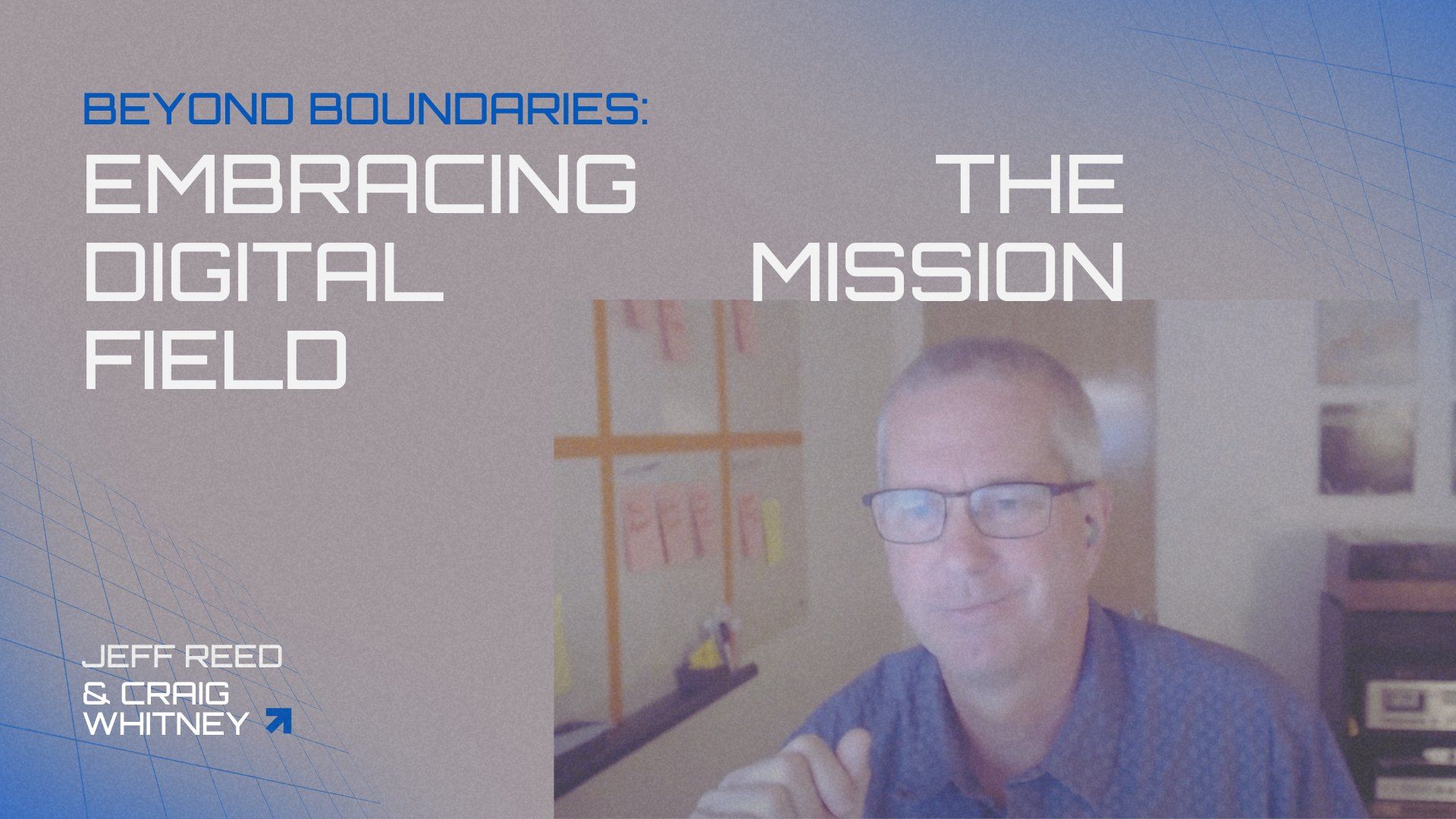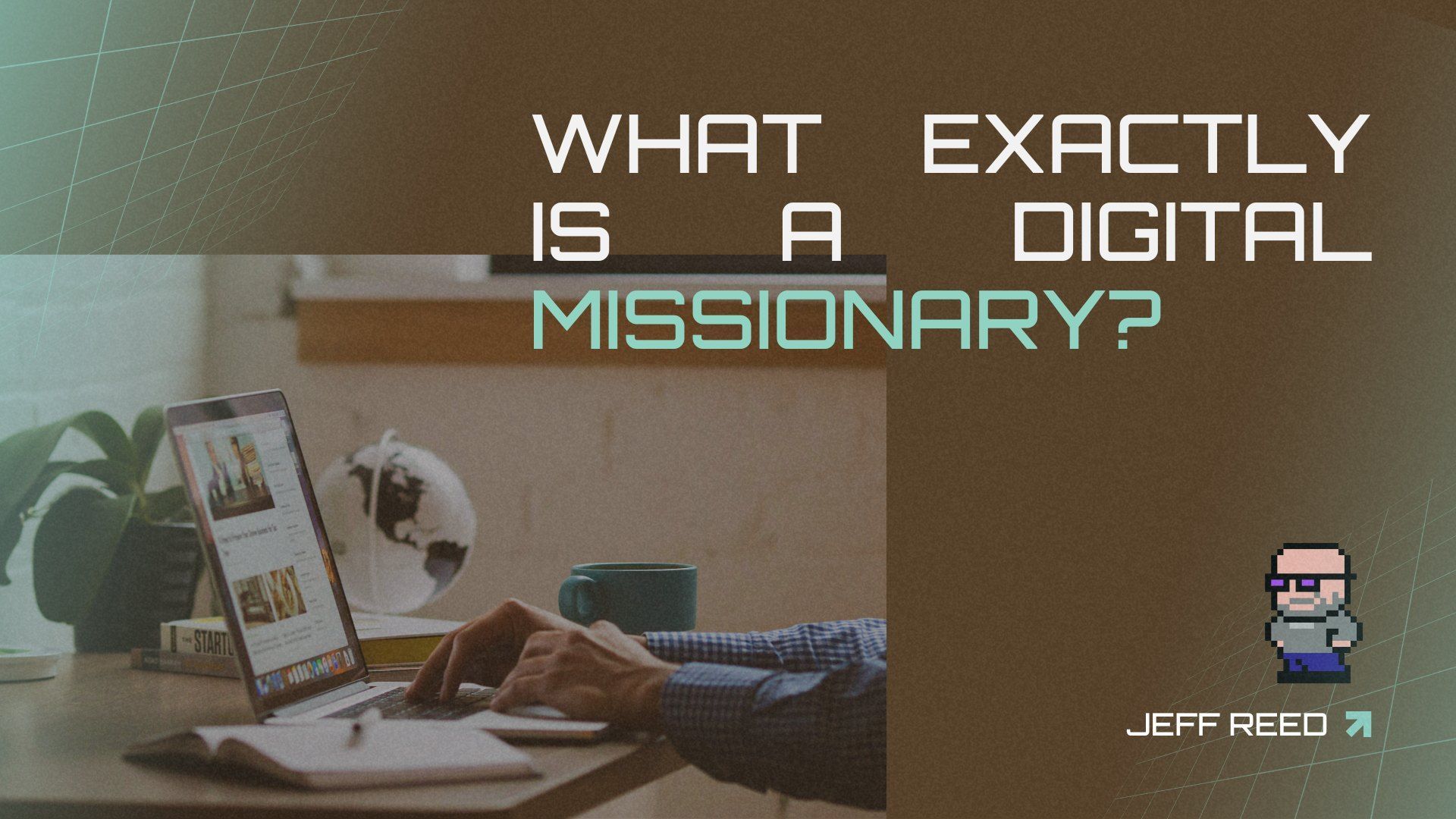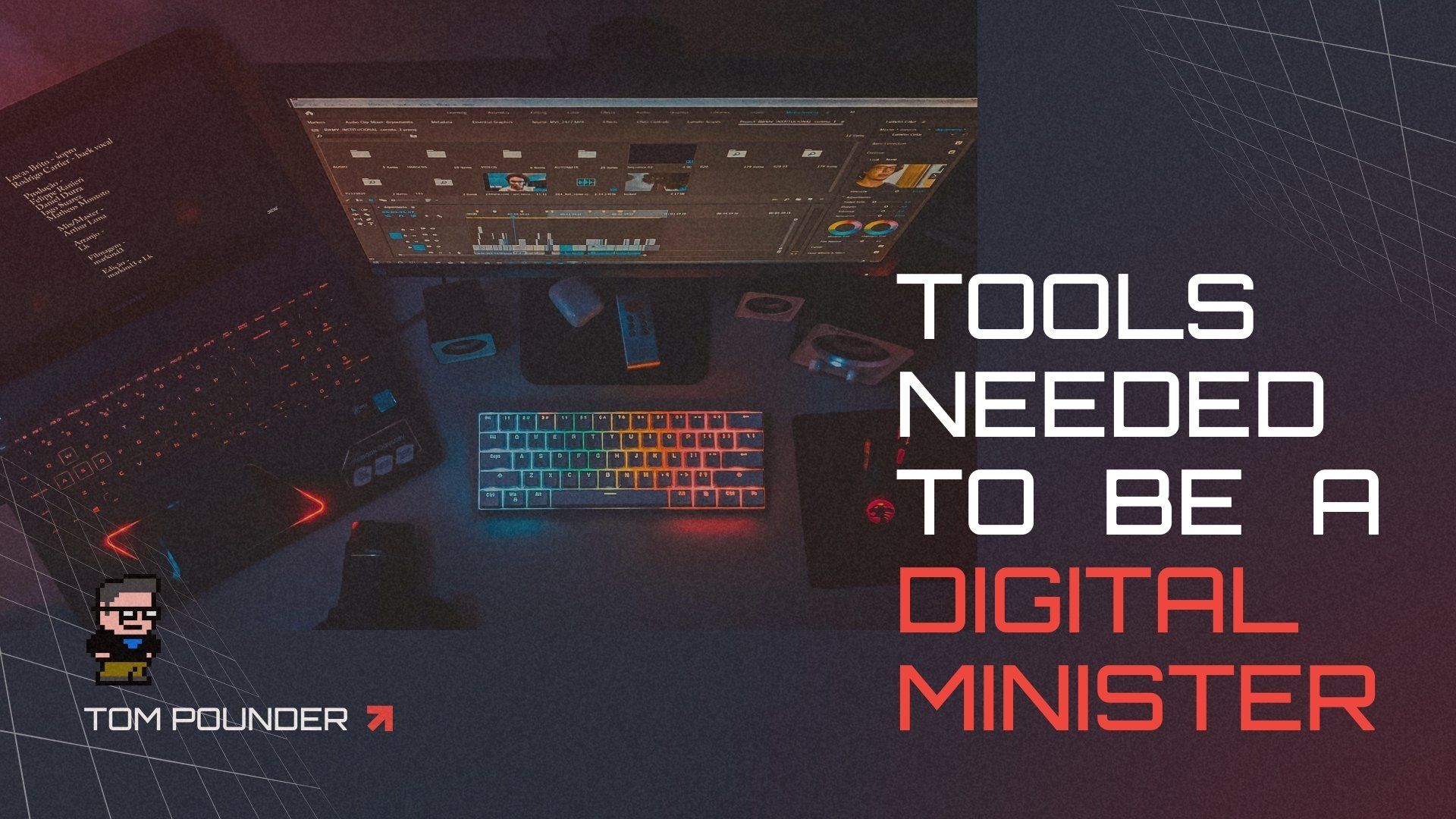Does Virtual Reality Church Compete with Physical Church

This article originally appeared on Leadership Network .
There’s a misconception that virtual churches compete with physical churches. The fear is that people will stop attending church if there is a virtual option. However, are we seeing this happen today?
A DIFFERENT AUDIENCE
The people reached by metaverse churches generally don’t go to physical churches. They can be atheists, agnostics, and de-churched people who are not ready or willing to cross a church’s doorstep. Virtual reality churches have seen people getting saved who have not been in a physical church building in 10 years.
The fear is that people will stop attending church if there is a virtual option.
The virtual church is not in competition with the physical church, nor is it a distraction from the physical church. If you let it, virtual reality can be an extension of your physical church’s mission and vision. Sometimes we have to do different things to reach different people.
Microchurch networks across America and churches worldwide are adopting this mindset. Tens of thousands of people are meeting together in Korean churches, while less than five are gathering together in mud huts throughout India. To say that one mode of church is better than the other is not our call.
DIFFERENT, BUT FAMILIAR
Many virtual reality services feel like a multisite expression of a church. Participants are watching the video of the live service with an active community. For example, Calvary Chapel Fort Lauderdale has been streaming video from their weekend services through a VR Platform called BigScreens. Similarly, Lakeland Church in Wisconsin streams its church service into virtual reality with AltSpaceVR. The church expression and results at Lakeland and Calvary Fort Lauderdale are very similar to their physical campus experience. Calvary VR is reporting over 200 salvations from their VR expression of church over the past 18 months.
DOING DIFFERENT THINGS TO REACH DIFFERENT PEOPLE
We’ve talked a lot about Cornerstone VR, which has been doing church in virtual reality for a few years. Very little of their church service is video-based. Instead, it’s live teaching in virtual reality. The lead pastor, Jason Poling, wears a VR headset and preaches the service live in VR. Cornerstone also has a VR Chat campus for those who are not receptive to live teaching. They use sermon video clips with a more conversational approach. Participants in VR Chat don’t want to listen; they want to talk. Cornerstone understands that, even in virtual reality, they need to do different things in different worlds to reach different people.
Virtual reality can be an extension of your physical church’s mission and vision.
Ultimately, to expand our reach and impact, churches today need to experiment. We need church leaders who are passionate and with missional imagination to come up with new ideas. None of this—including the virtual reality, microchurch, or digital church—is competing with the physical church.
Share what you have experienced with VR and in-person, physical Church. Do they really complete against each other? Share below or on social media. Make sure you tag Jeff Reed to keep the conversation going.
Through the Digital Church Network we are helping physical and digital churches better understand the discipleship process, and helping churches and church planters understand this and other decentralized mindset shifts. Joining the DCN is free and be encouraged!
What do you think? Share your ideas on Discord or on social media.
Through the.Church.digital, we are helping physical and digital churches better understand the discipleship process, and helping churches and church planters understand this and other decentralized mindset shifts. By taking this quick assessment we can get you connect with a coach, resources and more. Also, check out our Discord Group where we are encouraging people daily.
























